
Upswing in Precipitation Raises Water Levels in Iranian Reservoirs

Head of Iran’s Water Resources Management Company (WRM) Mohammad Hajrasouliha said on Thursday that recent rainfalls beginning Monday and ending Wednesday increased the average peak to 172 millimeters from 165 millimeters recorded over the last water year in Iran.
Hajrasouliha said the rainfall affected major provinces in south, center and north of the country, including the province surrounding the capital Tehran.
Seyed Hossein Razavi, a local WRM official in Tehran, said that the two-day rains increased water levels in reservoirs of the province by two million cubic meters.
Razavi added that water levels in main reservoirs in Tehran were currently around 610 million cubic meters, 25 million cubic meters higher compared with the previous year.
He said that average precipitation in February in Tehran was nearly double the yearly figure.
Iran has seen years of dry spell before embracing waves of heavy rainfall in March.
That comes as the storage in water reservoirs has always been seen as a major factor for the country’s economic growth and agricultural output.
Late in November, Iran’s Ministry of Energy announced that heavy precipitation in the fall had been unprecedented in the last 51 years, adding that the volume of water behind dams across the country was then 26% more than what the figures showed a year earlier.
The total volume of water held currently behind dams across Iran was 25.4 billion cubic meters (bcm), a 26-percent year-on-year increase, said the news service of the Ministry of Energy Paven.ir, adding that 50 percent of the total capacity of the dams was empty compared to the 59-percent reported between September and October 2019.
The report said that precipitation as of 21 September, 2019, which marks the beginning of Iran’s water year, until 22 November had been more than 42 millimeters on average, adding that the figure represented a 23-percent increase year-on-year compared to the past 51 years.
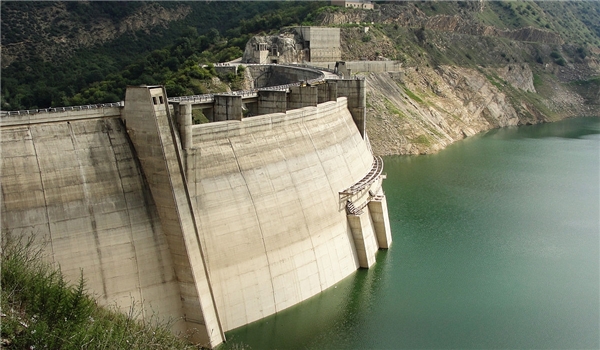

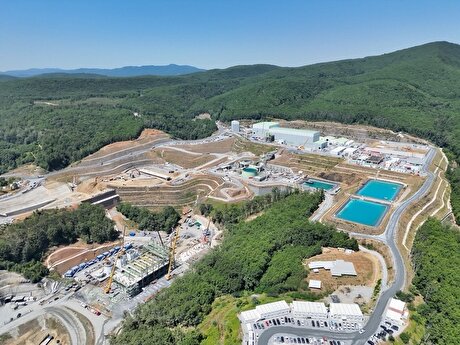
Eldorado to kick off $1B Skouries mine production in early 2026

Newmont nets $100M payment related Akyem mine sale

First Quantum scores $1B streaming deal with Royal Gold

Caterpillar sees US tariff hit of up to $1.5 billion this year

Copper price collapses by 20% as US excludes refined metal from tariffs

Gold price rebounds nearly 2% on US payrolls data

St Augustine PFS confirms ‘world-class’ potential of Kingking project with $4.2B value

B2Gold gets Mali nod to start underground mining at Fekola

Copper price posts second weekly drop after Trump’s tariff surprise
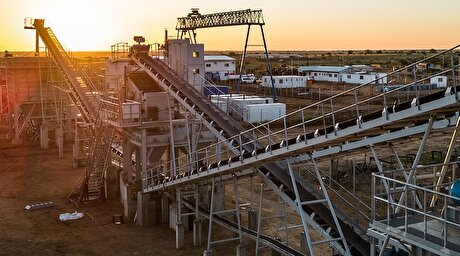
NextSource soars on Mitsubishi Chemical offtake deal

Copper price slips as unwinding of tariff trade boosts LME stockpiles

SAIL Bhilai Steel relies on Danieli proprietary technology to expand plate mill portfolio to higher steel grades

Alba Discloses its Financial Results for the Second Quarter and H1 of 2025
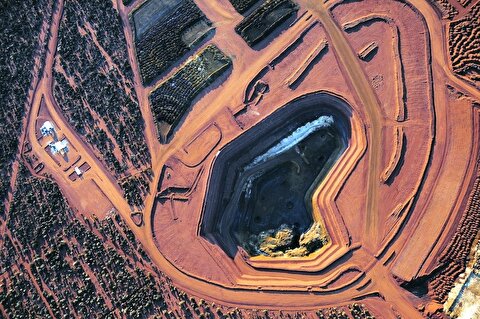
Australia weighs price floor for critical minerals, boosting rare earth miners

Australia pledges $87M to rescue Trafigura’s Nyrstar smelters in critical minerals push

Fresnillo lifts gold forecast on strong first-half surge

Why did copper escape US tariffs when aluminum did not?
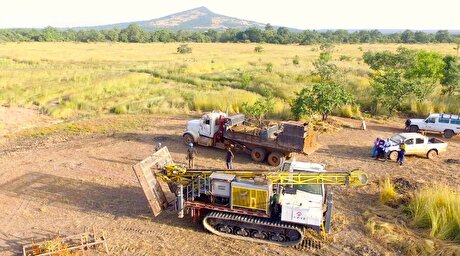
Fortuna rises on improved resource estimate for Senegal gold project

Caterpillar sees US tariff hit of up to $1.5 billion this year

NextSource soars on Mitsubishi Chemical offtake deal

Copper price slips as unwinding of tariff trade boosts LME stockpiles

SAIL Bhilai Steel relies on Danieli proprietary technology to expand plate mill portfolio to higher steel grades

Alba Discloses its Financial Results for the Second Quarter and H1 of 2025

Australia weighs price floor for critical minerals, boosting rare earth miners

Australia pledges $87M to rescue Trafigura’s Nyrstar smelters in critical minerals push

Fresnillo lifts gold forecast on strong first-half surge

Why did copper escape US tariffs when aluminum did not?

Fortuna rises on improved resource estimate for Senegal gold project














